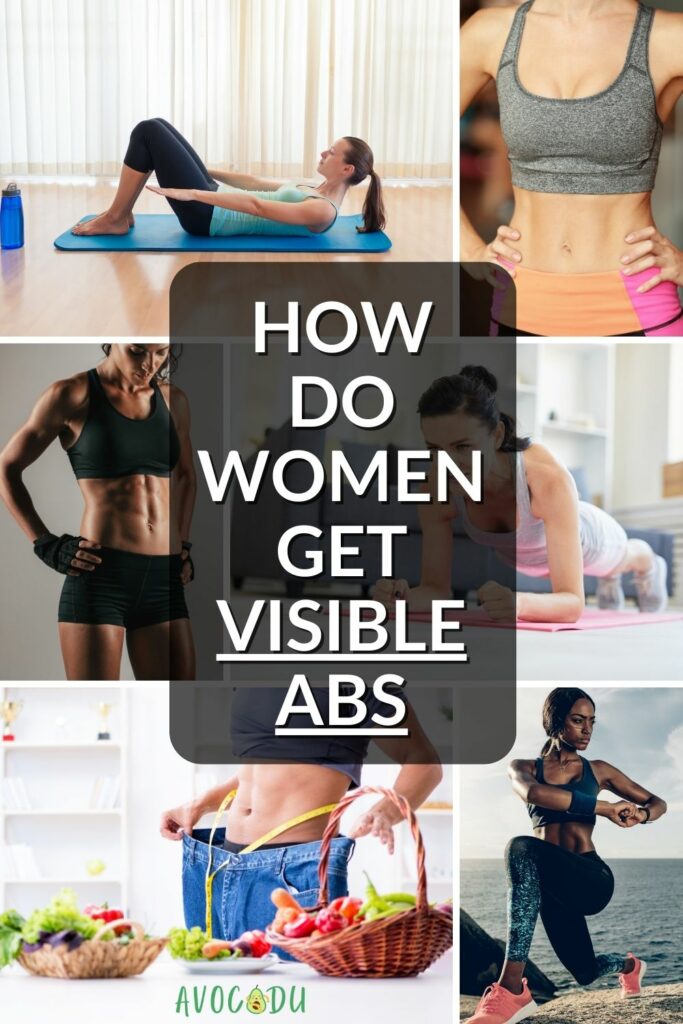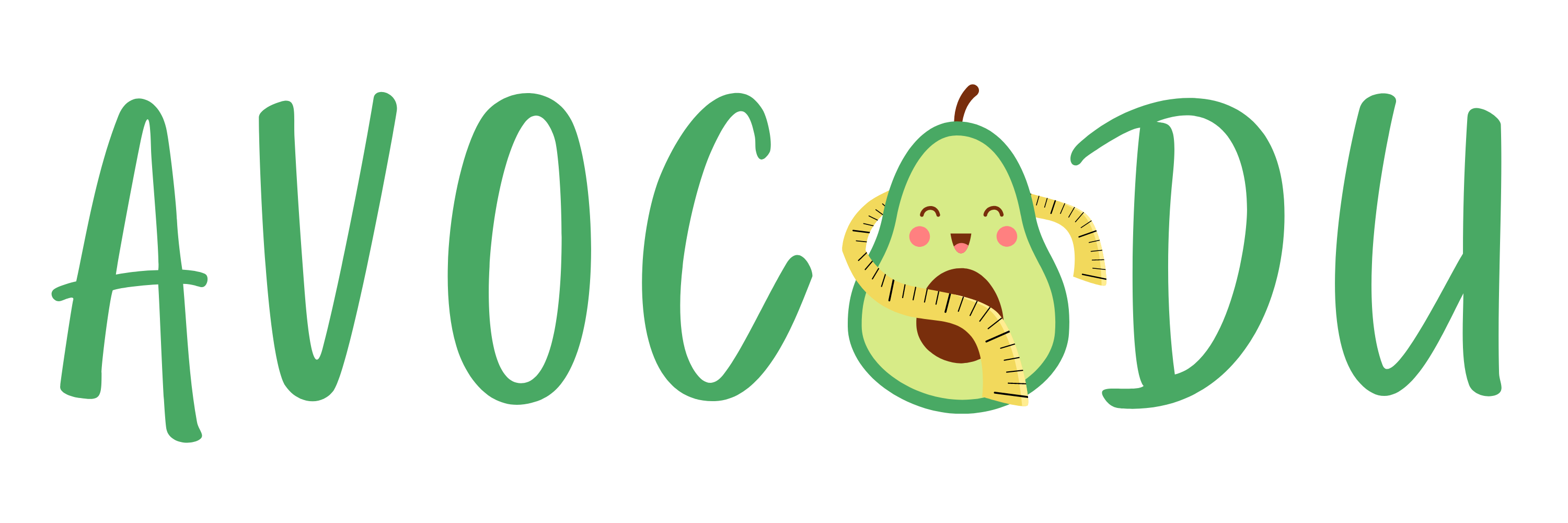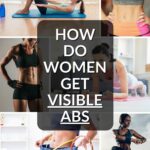How Do Women Get Visible Abs?
What’s the real secret to getting visible abs? It’s a question many of us ask when we see sculpted stomachs on social media or in the gym.
You might think it all comes down to a specific workout routine or endless crunches, but there’s more to it than that.
To get those abs to pop, you need to focus on lowering your body fat percentage. For women, this typically means reaching around 18% body fat, while men often need to get down to about 12%.
Reducing your body fat percentage is not just about what you do in the gym; it’s also about what you eat and how consistent you are with your lifestyle choices. With the right mix of nutrition, exercise, and patience, you can absolutely achieve visible abs.
Let’s explore the key steps that will help you reveal the abs you’ve been striving for.
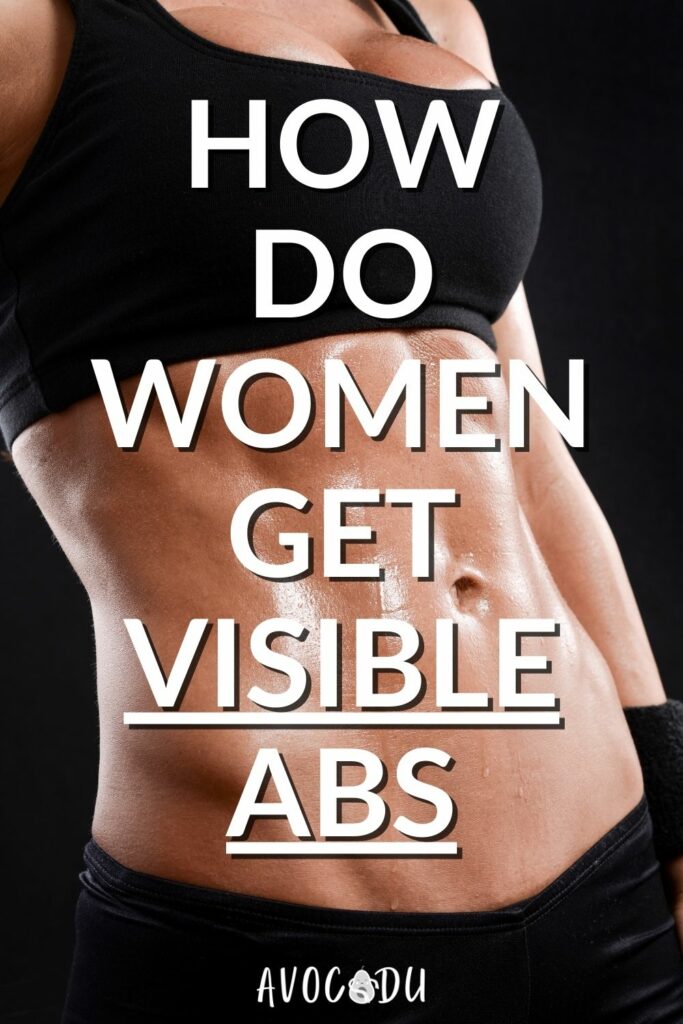
This post may contain affiliate links, which helps keep this content free. Please read our disclosure for more info.
Understanding Body Fat and Abs
First things first: everyone has abdominal muscles. You don’t need to create abs from scratch—they’re already there.
The real challenge lies in making them visible, and that’s where body fat comes into play. Your abs are often hidden beneath a layer of fat, which is why they may not be as defined or noticeable as you’d like.
Lowering your body fat percentage is crucial if you want those muscles to show.
But how exactly does body fat affect your abs? Body fat is stored all over your body, including the midsection.
The more fat you have, the less visible your muscles will be, regardless of how strong or well-developed they are. It’s a bit like covering a sculpture with a thick blanket; you won’t see the details underneath until you remove the cover.
So, what’s the magic number for visible abs? While it can vary depending on genetics, body type, and where your body tends to store fat, most women will start to see more defined abs when their body fat drops to around 18%.
For men, abs typically become more visible at about 12% body fat. However, these numbers aren’t set in stone.
Some women might need to go a bit lower, closer to 15%, while others might see results at a slightly higher percentage. It’s all about understanding your body and finding the level that works best for you.
It’s also worth noting that lowering your body fat isn’t just about aesthetics; it’s also about overall health. Excess body fat, especially around the abdominal area, can be linked to various health issues like cardiovascular disease and diabetes.
By working towards a healthy body fat percentage, you’re not just chasing a fitness goal—you’re also investing in your long-term health and well-being.
Lowering body fat requires a combination of strategies, including a clean diet, regular exercise, and sometimes even lifestyle changes like getting better sleep or reducing stress.
It’s a holistic approach, and while it takes effort and consistency, the results go beyond just visible abs. They contribute to a healthier, stronger, and more confident you.
The Role of Diet in Getting Abs

If you want visible abs, your diet will play a starring role. Nutrition is fundamental to reducing body fat, which is the key to revealing those abdominal muscles you’ve been working hard for.
It’s not just about cutting calories; it’s about fueling your body with the right foods that support fat loss while preserving muscle mass.
Focus on a balanced diet filled with lean proteins, healthy fats, and complex carbohydrates.
Lean proteins, such as chicken, fish, and tofu, are essential for muscle repair and growth, especially if you’re engaging in regular strength training.
Healthy fats from sources like avocados, olive oil, and nuts provide sustained energy and help your body absorb essential vitamins.
Complex carbohydrates, found in whole grains and vegetables, offer a steady release of energy to power your workouts and daily activities.
One of the biggest challenges in achieving visible abs is managing cravings and avoiding foods that contribute to fat gain.
Processed foods, sugary snacks, and empty calories can sabotage your efforts by increasing your body fat percentage.
To keep your diet on track, focus on whole foods—think fresh vegetables, low carb fruits, nuts, seeds, and lean meats. These foods are nutrient-dense, meaning they provide the vitamins and minerals your body needs without the excess calories.
Meal timing and portion control are crucial for a successful fat loss diet. Consider incorporating intermittent fasting, which can help regulate insulin levels and promote fat burning.
Prioritizing protein in your meals is essential, as it helps preserve muscle mass during weight loss and keeps you feeling full longer.
For those looking for structured guidance, programs like The 21-Day Fat Loss Challenge can be incredibly helpful.

This program is specifically designed to jumpstart your fat loss journey with a focus on nutrition and lifestyle habits that support weight loss and muscle definition.
By following a structured plan like the 21-Day Fat Loss Challenge, you can learn how to create balanced meals, manage portion sizes, and make healthier food choices—all essential steps for lowering body fat and getting those abs to pop.
Programs like these provide support and motivation, which are key components in sticking with a new diet plan.
Effective Exercises for Building Abdominal Muscles

Building and defining your abs requires more than just doing crunches. To develop strong, visible abs, you need to combine core-strengthening exercises with ab-specific movements.
This approach ensures you’re engaging all parts of your core and building a stable, toned midsection.
Ab-Specific Exercises
Start with exercises that directly target your abdominal muscles. These moves focus on the rectus abdominis, obliques, and deeper core muscles to build muscle definition and strength:
- Planks: Excellent for engaging the entire core, including the transverse abdominis, which acts like a corset around your torso. Try variations like side planks and plank jacks to target different areas.
- Crunches: Great for isolating the upper abs. You can modify them by doing bicycle crunches or reverse crunches to target both the upper and lower abs.
- Leg Raises: Focus on the lower abs, helping to build strength and definition in this often-underdeveloped area. For an added challenge, try hanging leg raises.
Compound Movements for Core Engagement
In addition to ab-specific exercises, it’s important to incorporate compound movements into your routine. These exercises engage multiple muscle groups, including your core, to help build overall strength and stability:
- Squats: Not just a leg exercise, squats require a strong core to maintain balance and proper form, working your abs indirectly.
- Deadlifts: A full-body movement that heavily recruits the core muscles to protect the spine and support the lift. Variations like Romanian deadlifts can also emphasize different muscle groups.
- Overhead Presses: These require significant core stabilization to prevent leaning back and maintain control, effectively working your abs and lower back.
Using Equipment to Enhance Core Workouts
To maximize your results, consider incorporating a variety of equipment that adds resistance and challenges your core muscles in different ways:
- Dumbbells and Kettlebells: Use these for exercises like Russian twists or weighted sit-ups to add resistance and increase the intensity.
- Resistance Bands: Integrate bands into planks or leg lifts to make your core work harder and increase muscle activation.
- Stability Balls: Great for adding an element of balance to your workouts, forcing your core to engage more deeply to stabilize your body.
Progressive Overload and Variation
To continue making progress, it’s crucial to apply the principle of progressive overload to your workouts. This involves gradually increasing the difficulty of your exercises by:
- Adding More Weight: Increase the resistance in exercises like Russian twists or weighted leg raises.
- Increasing Repetitions: Aim for more reps as you get stronger to push your muscles further.
- Trying Advanced Variations: Switch up your routine with more challenging exercises like decline planks or hanging leg raises.
By combining targeted ab exercises with compound movements, using equipment to increase intensity, and progressively challenging your core, you’ll develop a stronger, more defined midsection.
The Impact of Cardio on Body Fat Percentage

Cardio is a crucial component of any fat-loss strategy, especially when it comes to revealing your abs. It helps burn calories and reduce overall body fat, which is essential for making your abdominal muscles more visible.
However, not all cardio exercises are created equal. Different types of cardio can offer distinct benefits, and understanding these can help you maximize your fat-loss efforts.
Steady-State Cardio
Steady-state cardio involves maintaining a consistent, moderate pace for an extended period. Activities like jogging, cycling, swimming, or brisk walking are great examples. This type of cardio primarily burns calories during the workout, helping to reduce overall body fat.
- Benefits: Steady-state cardio is effective for improving endurance, supporting cardiovascular health, and aiding in fat loss over time. It’s also lower intensity, which makes it accessible for people at various fitness levels and easier to perform for longer durations without excessive fatigue.
- Drawbacks: While steady-state cardio is great for burning calories, it doesn’t significantly elevate your metabolism after the workout. Additionally, relying solely on steady-state cardio can lead to a plateau, where your body becomes more efficient at the exercise and burns fewer calories over time.
High-Intensity Interval Training (HIIT)
High-Intensity Interval Training (HIIT) alternates between short bursts of intense exercise and periods of lower-intensity recovery or rest.
For example, sprinting for 30 seconds followed by a minute of walking, then repeating this cycle for several rounds. HIIT workouts are known for their ability to boost metabolism and burn fat both during and after the workout.
- Benefits: HIIT is highly efficient, allowing you to burn a significant number of calories in a short amount of time. It also stimulates what’s known as the “afterburn effect” or excess post-exercise oxygen consumption (EPOC), where your body continues to burn calories at an elevated rate after the workout to recover and repair muscles. HIIT also improves cardiovascular fitness and can increase muscle mass, which further supports fat loss by boosting your resting metabolic rate.
- Drawbacks: Due to its intensity, HIIT can be demanding on the body and may not be suitable for beginners or those with certain health conditions. It also requires more recovery time between sessions compared to steady-state cardio to prevent overtraining and injury.
Combining Both Types for Maximum Fat Loss
To maximize fat loss and reveal your abs, consider incorporating both steady-state cardio and HIIT into your workout routine. Each type offers unique benefits that can complement the other:
- Mix and Match: You might choose to do steady-state cardio on some days to build endurance and give your body a break from high intensity, and then incorporate HIIT on other days to boost your metabolism and enhance fat burning. For example, you could go for a 45-minute jog on Monday and follow it with a 20-minute HIIT session on Wednesday.
- Balance and Adaptation: Combining these two approaches prevents your body from adapting too quickly to one type of exercise, which helps avoid plateaus. This varied approach also keeps your workouts interesting and engaging, which can improve adherence to your fitness program.
- Listen to Your Body: It’s essential to pay attention to how your body responds to different types of cardio. If you find yourself feeling overly fatigued or sore, it may be time to adjust the intensity or volume of your workouts to ensure adequate recovery.
Incorporating both steady-state cardio and HIIT into your fitness routine allows you to harness the benefits of both methods, making your fat loss journey more efficient and effective.
The Importance of Consistency and Patience
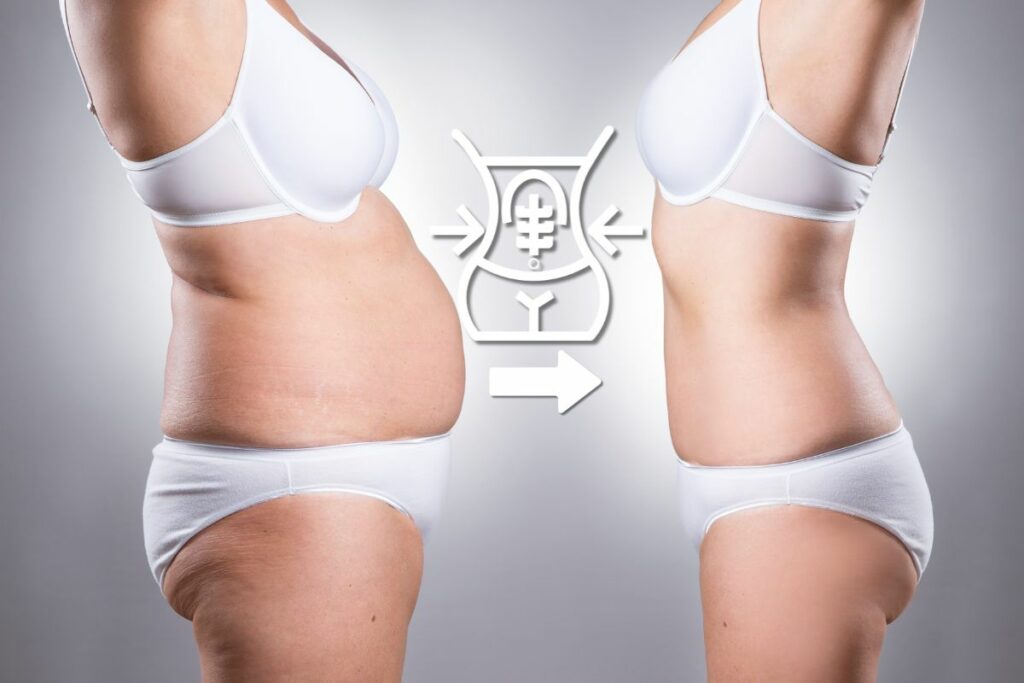
Consistency is essential when working toward visible abs. You won’t see results overnight, and that’s perfectly normal. Sticking with your nutrition and exercise plan over the long term is crucial to achieving your goals.
It’s important to set realistic goals and understand that progress is a gradual process. Every workout, healthy meal, and good decision you make moves you closer to revealing your abs.
It’s also important to recognize that everyone’s body is unique. Factors like genetics determine how and where your body stores fat, which means your journey to visible abs might not look the same as someone else’s.
This is why patience is crucial. Some people might see results faster, while others might need a little more time. Stay committed to your plan, keep adjusting as needed, and don’t compare your progress to others.
Myths About Getting Abs
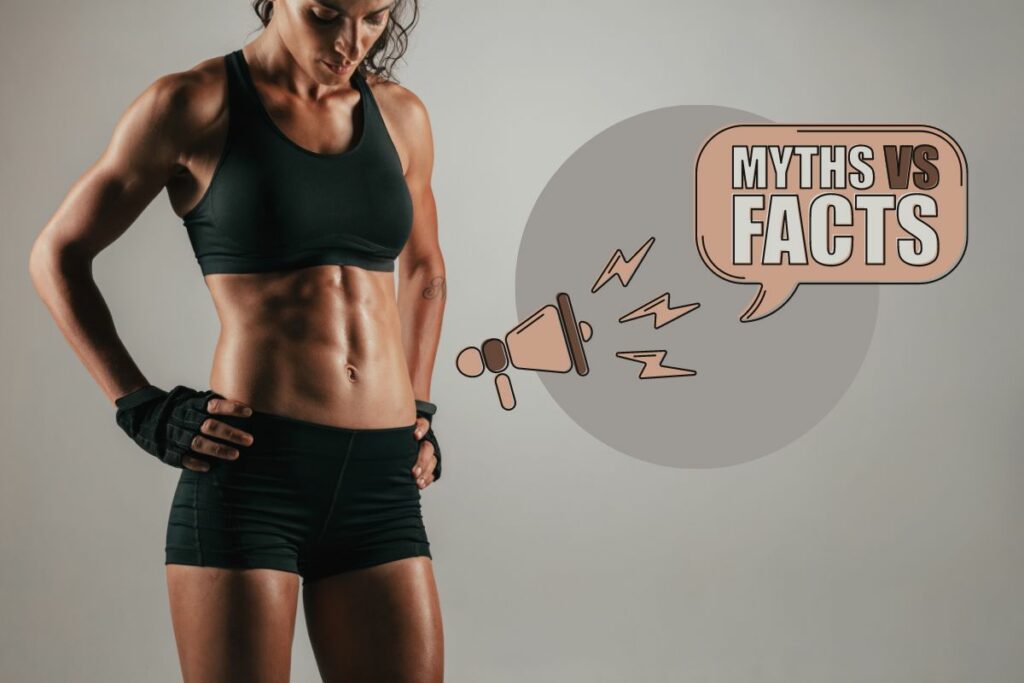
There are many myths about getting abs that can lead to frustration and wasted effort. Let’s clear up some of the most common misconceptions and understand the realities behind them.
Myth 1: Spot Reduction is Possible
Reality: One of the biggest misconceptions is the idea of spot reduction—the belief that you can target fat loss in specific areas, like your stomach, by doing exercises that focus on that area.
In reality, fat loss occurs across your entire body, and you can’t control where your body loses fat first. Doing endless sit-ups or crunches won’t specifically burn the fat over your abs.
To reduce belly fat and reveal your abs, you need to focus on overall body fat reduction through a combination of diet, cardio, and strength training.
Myth 2: Endless Crunches Will Give You Abs
Reality: While crunches can help build and strengthen your abdominal muscles, they won’t necessarily make your abs visible.
You can perform hundreds of crunches every day, but if there’s a layer of fat covering your abs, they won’t show.
Achieving visible abs requires lowering your overall body fat percentage, which is more effectively done through a balanced diet and full-body workouts that burn more calories.
Myth 3: Ab Exercises Alone Are Enough for a Toned Midsection
Reality: Many people think that focusing solely on ab exercises like sit-ups and leg raises will lead to a toned stomach.
The truth is, core-focused exercises should be part of a comprehensive fitness routine that includes compound movements like squats, deadlifts, and overhead presses.
These exercises engage multiple muscle groups, including your core, and help burn more calories overall, which is crucial for fat loss and muscle definition.
Myth 4: High Reps and Intense Workouts are the Only Way to Abs
Reality: While challenging workouts are important, more isn’t always better. Overtraining without adequate rest can lead to injury and burnout, slowing your progress.
Your muscles need time to recover and grow stronger, so incorporating rest days into your routine is just as important as the workouts themselves.
A balanced approach with a mix of high-intensity workouts and proper recovery will yield better results.
Myth 5: You Need a Special Diet or Eliminate Entire Food Groups to Get Abs
Reality: There is no one-size-fits-all diet that magically results in visible abs. Rather than following extreme diets or cutting out entire food groups, focus on a balanced approach to eating.
This includes a mix of protein, healthy fats, and carbohydrates to fuel your body and support fat loss.
Extreme diets, especially those that don’t provide enough daily protein, can lead to muscle loss and slow your metabolism, making it harder to achieve and maintain your fitness goals.
By understanding these myths and focusing on the realities, you can develop a more effective strategy for achieving visible abs.
Additional Tips for Success
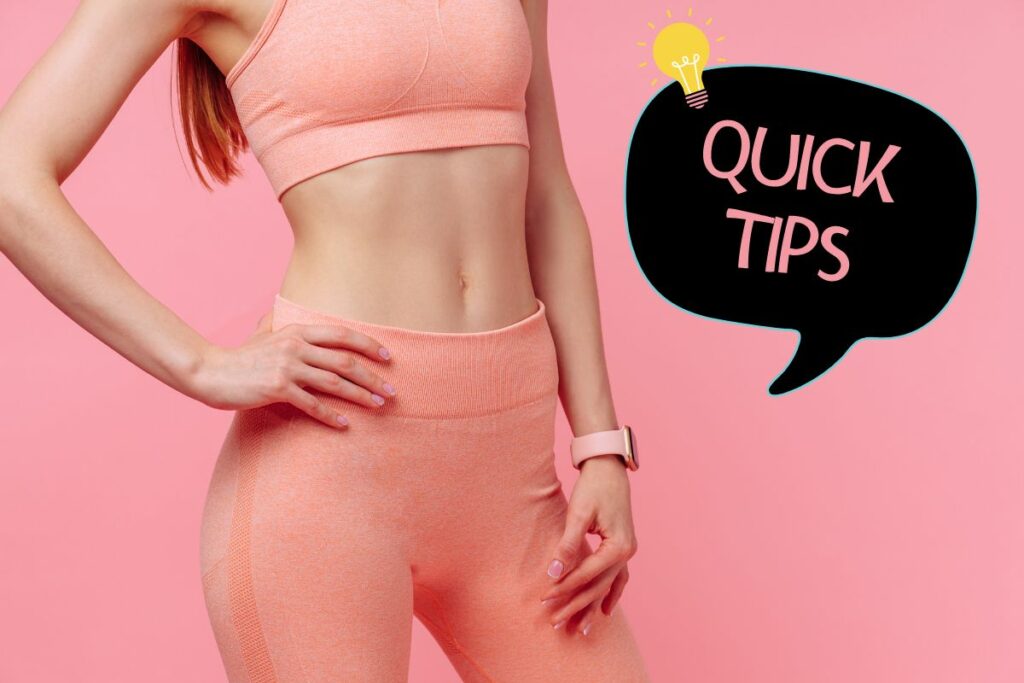
To achieve visible abs, focus on a few key lifestyle habits beyond just diet and exercise:
- Get Enough Sleep: Aim for 7-9 hours of quality sleep per night. Adequate rest helps regulate hunger hormones like ghrelin and leptin, which control appetite and fat storage, making it easier to stick to your nutrition plan.
- Manage Stress: Incorporate stress-reducing activities such as meditation, yoga, or deep breathing exercises. Lowering stress can reduce cortisol levels, which are linked to increased fat storage, especially around your midsection.
- Stay Motivated: Track your progress by taking photos, measuring your waist, or keeping a fitness journal. Celebrate small victories to stay motivated and remind yourself of how far you’ve come.
- Adjust Your Routine: If you hit a plateau, make small changes to your workouts or nutrition plan to keep things fresh and challenging. This can help overcome stagnation and continue your progress.
- Stay Hydrated: Drink plenty of water to support metabolism and help control appetite. Staying hydrated ensures your body functions optimally and can prevent unnecessary snacking.
- Find a Support System: Join a fitness group or find a workout buddy to stay motivated and accountable. Surrounding yourself with supportive people can help keep you on track and provide encouragement.
By focusing on these lifestyle habits, you’ll enhance your journey to visible abs while promoting overall health and well-being.
Reveal Your Abs with the Right Plan and the 21-Day Fat Loss Challenge
Getting visible abs is a challenge, but with the right mix of diet, exercise, and persistence, it’s within your reach.
Remember, it’s about more than just aesthetics; it’s about feeling strong, healthy, and confident in your own body. For a structured approach to jumpstart your journey, consider trying the 21-Day Fat Loss Challenge.
This program provides a focused plan to help you reduce body fat and reveal the abs you’ve been working toward.
Stick to a plan, be patient with yourself, and embrace the process. Your abs are there, just waiting to be uncovered.
